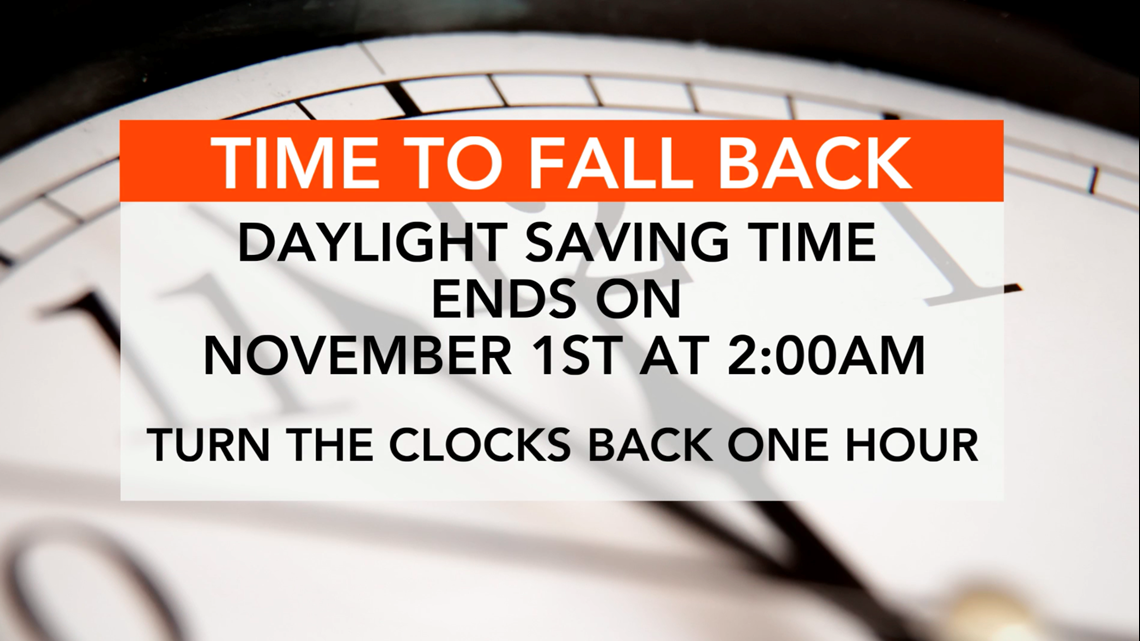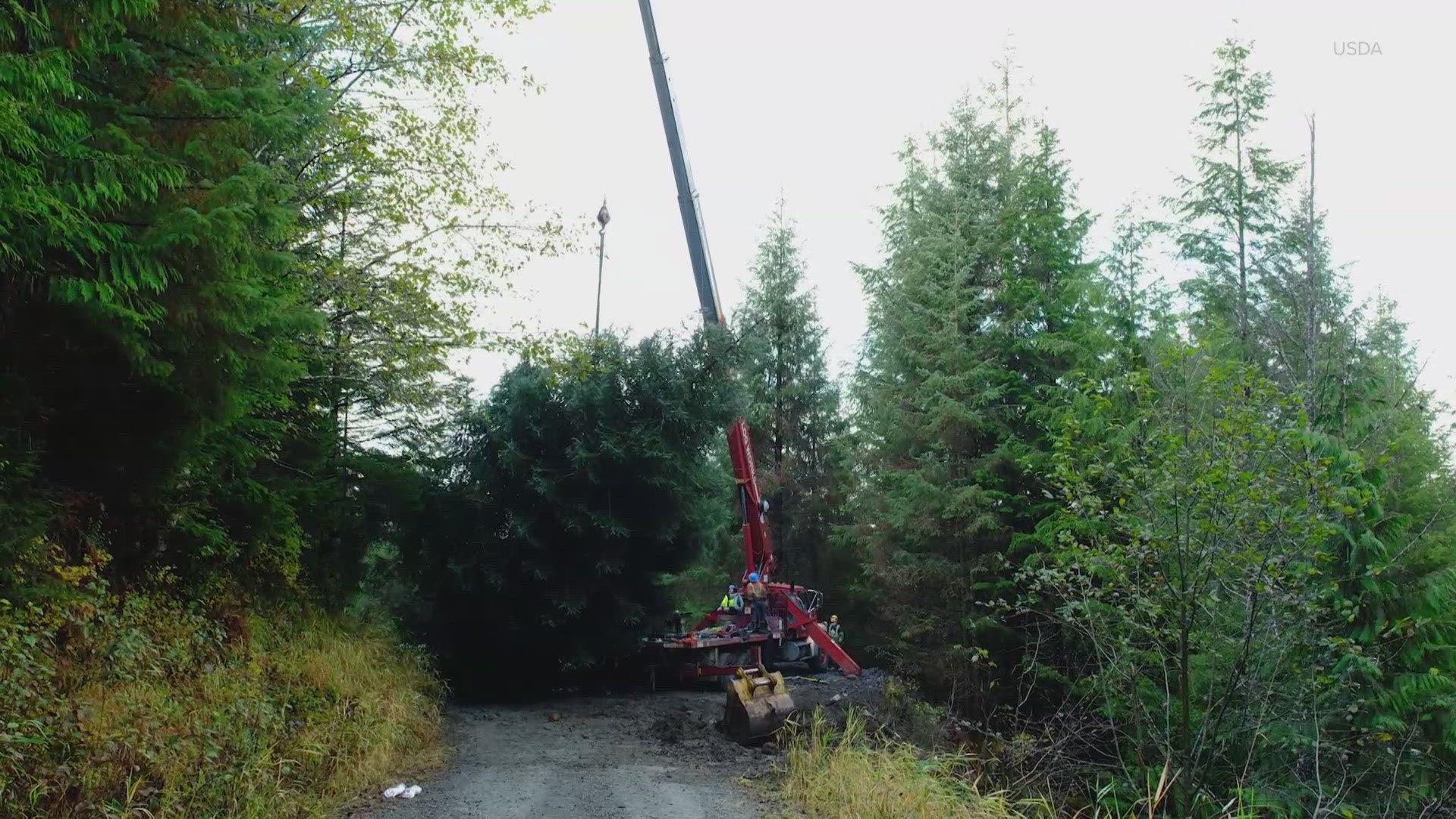On Sunday, Nov. 1, 2020, at 2 a.m., clocks in most parts of the country will fall back one hour to standard time as daylight saving time (DST) ends. While gaining an hour of sleep this weekend, people across the country will also be losing an hour of daylight in the evening.
Standard time is the local time for a country or region when daylight saving time is not in use. In the U.S., standard time is in use from the first Sunday in November until the second Sunday in March.
The idea to end a permanent standard time and move to DST was introduced by American founding father and scientist Benjamin Franklin way back in 1784. While working in Paris as an ambassador to the U.S. he wrote an essay titled "An Economical Project" and submitted it to the editor of the Journal de Paris. Franklin argued that Parisians would save a lot of money on candles if they woke up at the time of sunrise and went to bed closer to sunset.
However, the concept of DST wasn't fully conceived until more than a century later. In 1895, New Zealand entomologist George Vernon Hudson wrote a paper to the Wellington Philosophical Society proposing a two-hour shift forward in October and a two-hour shift backward in March. He was criticized and mocked for the proposal, as it was said to be confusing.
It wasn't until 1916, two years into the First World War, when a year-round standard time was first removed in favor of a temporary DST. Germany, one of the most powerful European countries at the time, decided to turn every clock in the country one hour ahead. The goal was to minimize the use of artificial lighting so that fuel could be saved for war efforts. Soon after, other European countries -- including Austria, France and the United Kingdom -- followed suit.
In the U.S., however, this change took longer to take hold. In 1918, toward the end of the war, Pittsburgh-native Robert Garland introduced the idea after his visit to the U.K. After presenting the idea, it was signed and approved by President Woodrow Wilson on March 8 of that same year, bringing an end to permanent standard time.
Only seven months later, as the war came to a close, DST was repealed, which brought back a year-round standard time once again. However, the departure from DST was short-lived as the second world war brought back DST, ending the permanent standard time.
From the end of the war in 1945 up until 1966, there was no uniformity in the use of DST across the country, which caused quite a bit of confusion. Some major cities, like New York City, decided to keep DST while others went back to a permanent standard time after the war.
This confusion came to an end in 1966 when the Uniform Time Act of 1966 was implemented by the U.S. Department of Transportation. This Act mandated the official start and end dates of DST in the country as March and November, and divided the country into different time zones.
Some states opposed the new law. Arizona -- with the exception of the Navajo territory -- and Hawaii opted out of DST and remained in year-round standard time.


Because of this, starting on Nov. 1 at 2 a.m., Arizona will shift from the Pacific Time Zone to the Mountain Time Zone. Hawaii, which is six hours behind Eastern Time during daylight savings time, will slide to only five hours behind until March.
Should we really be falling back to standard time anymore?
Many Americans, including top-ranking government officials, think it's time to just stick with DST all year round.
"Honestly, I hate it," Anna Perna of Ramey, Pennsylvania, told AccuWeather. "Because when I leave for work in the morning it's dark, when I get home it's dark and then my [4-year-old] daughter wants to go to bed at 7 p.m."
Some people AccuWeather talked to are torn on the issue, like Sarah Roya, who lives outside of Chantilly, Virginia.
"I prefer falling back, only because it sounds a bit more comfortable, rather than springing forward, Roya, 23, mused. But, she confessed, once the time change comes, "I [will] really miss the feeling of, you know, 6:30 p.m., going out, having a nice drink outside." She added that once "everything is completely dark, that means it's time to go home, time to get into bed."
One person who is not torn on the issue is U.S. Senator Marco Rubio of Florida. In March 2019, Rubio introduced a bill called The Sunshine Protection Act, which aims to make DST permanent and turn it into a year-round standard time.
"Studies have shown many benefits of a year-round daylight saving time, which is why multiple states have followed Florida's lead in voting to make it permanent," Rubio said at the time. "I will not let daylight fade on my Sunshine Protection Act."
In September, Rubio and fellow U.S. Senator Rick Scott of Florida reintroduced the bill as a measure to deal with the pandemic, saying, "Our government has asked a lot of the American people over the past seven months, and keeping the nation on daylight saving time is just one small step we can take to help ease the burden."
From 1987 until 2006, standard time started the last Sunday of October and ran until the first Sunday of April. In 2005, the Energy Policy Act of 2005 was put into law, shortening standard time by a couple of weeks and letting it run from the first Sunday of November to the second Sunday of March.
The advantages of making DST permanent and into a year-round standard time, according to Rubio, include a decrease in car crashes, a reduction in cardiac issues and seasonal depression, a reduction in the number of robberies by 27 percent, among several other benefits. Amid the pandemic, Rubio argued, "More daylight in the after school hours is critical to helping families and children endure this challenging school year."
States that have joined Florida in seeking to make DST permanent include Alabama, Arkansas, Nevada, Oregon, Tennessee and Washington.
Standard time begins at 2:00 a.m. on Sunday, Nov. 1, 2020, for each time zone individually, meaning the change does not happen all at once.
Eastern Time will fall back at 2:00 a.m. local time. During this hour, Eastern Time will temporarily have the same time as Central Time, until Central Time falls back an hour later at 2:00 a.m. local time.
The change won't be complete until 2:00 a.m. Alaska Time (6:00 a.m. Eastern Time).
After this weekend, it will be about four-and-a-half months until clocks need to be reset again as daylight saving time starts again on Sunday, March 8, 2021.



